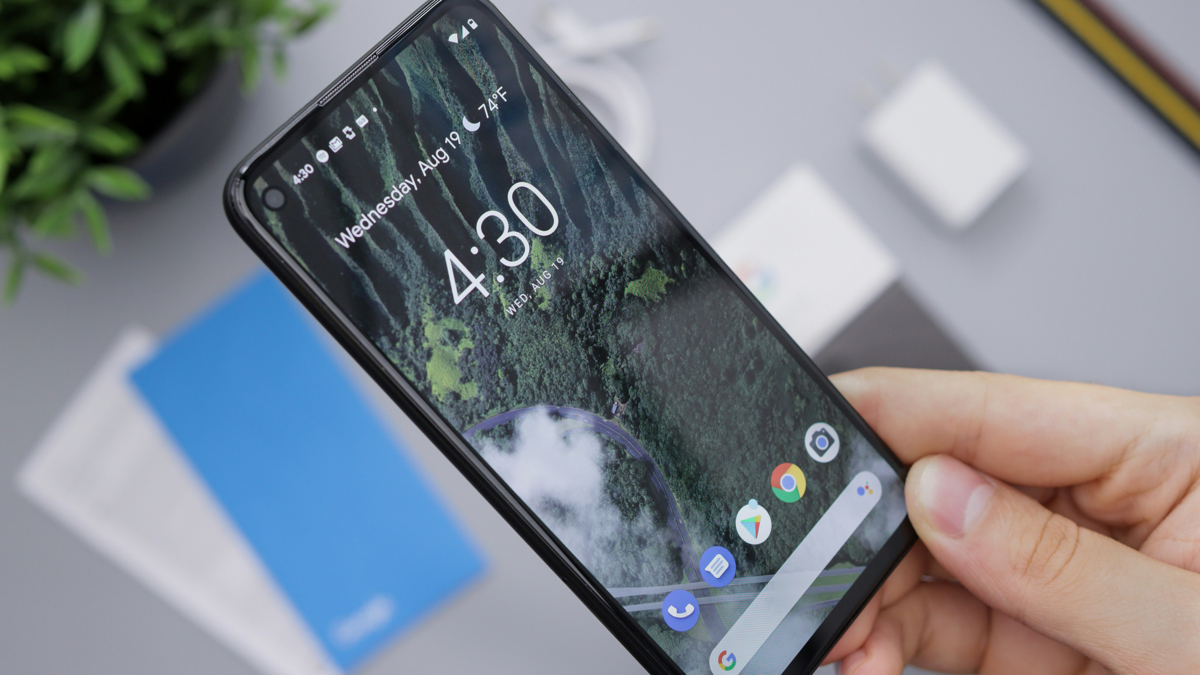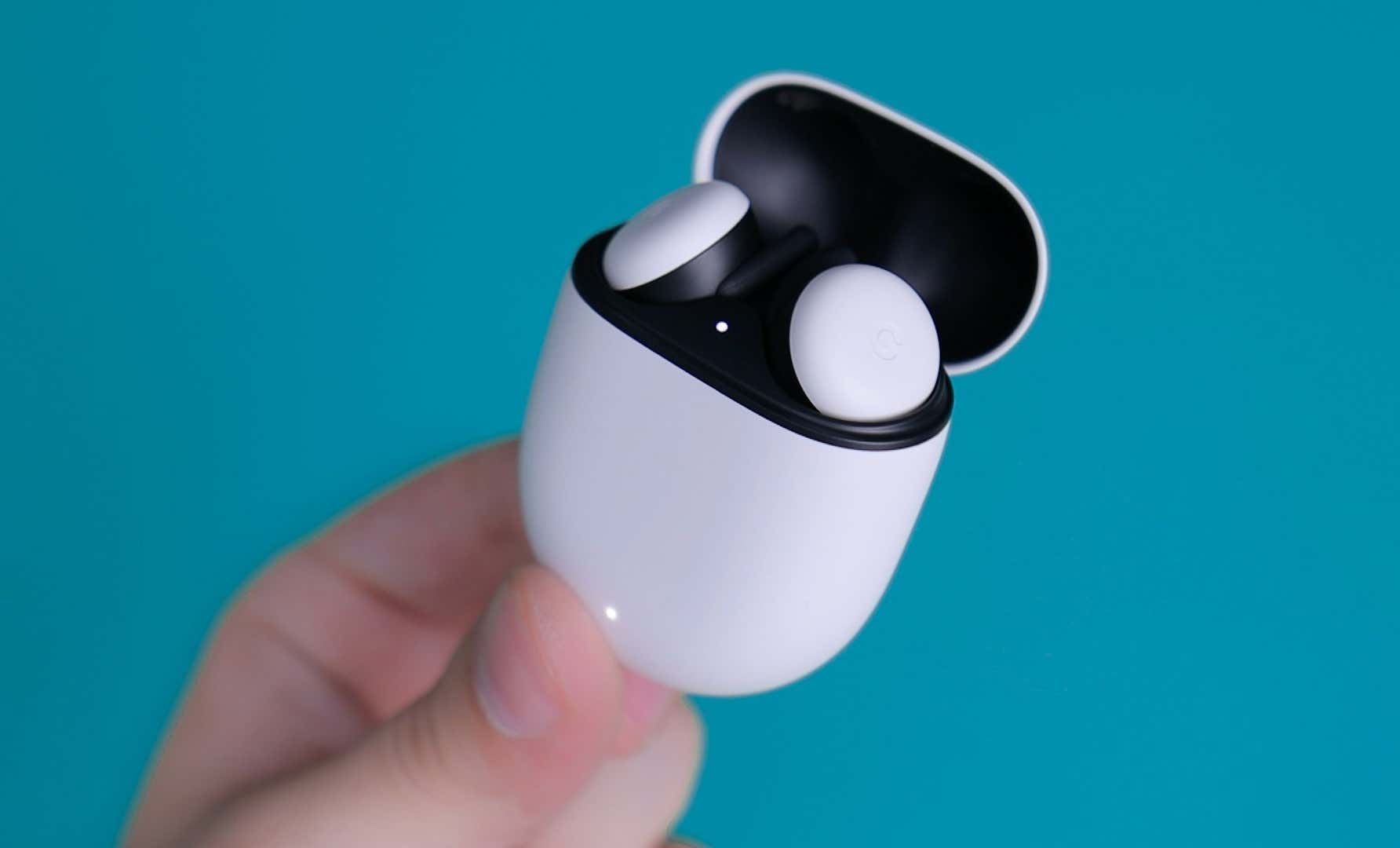Why Your Android Phone Isn’t Allowing You to Make Calls (and How to Fix It)
We’ve all been there – trying to make a call on our Android device, only to find that it’s not working. This can be frustrating and stressful, especially if you need to make an urgent call. But don’t worry, we’re here to help you troubleshoot and fix the issue.
In this article, we’ll explore the common reasons why your Android phone may not be allowing you to make calls, and provide practical solutions to get you back up and running.
Common Reasons for Call Issues on Android
Before we dive into the solutions, let’s take a look at the common reasons why your Android phone may not be allowing you to make calls. These include:
- Network issues: Your service provider may be experiencing outages or maintenance in your area, which can affect your ability to make calls.
- SIM card problems: If your SIM card is damaged or misaligned, it may not function properly, preventing you from making calls.
- Software issues: Outdated firmware, poor-quality apps, or incorrect carrier settings can all cause problems with your phone’s calling functionality.
- Signal strength: Weak signal strength or network coverage can affect your call quality or prevent you from making calls.
Solutions to Resolve Call Issues on Your Android Phone
Now that we’ve identified the common reasons for call issues, let’s talk about the solutions. Here are some practical tips to help you resolve the problem:
- Restart Your Phone: This oldie but goodie is often overlooked, but a simple restart can resolve many temporary glitches, including call issues.
- Disable Airplane Mode: If you’ve enabled airplane mode accidentally, you won’t be able to make calls. To disable it, swipe down from the top of the screen and tap the airplane mode icon.
- Check Your Network Settings: Ensure you’re using the correct network settings. Go to Settings > Connections/Mobile Networks > Mobile Networks, and confirm that you’re using the correct network type (e.g., 4G in a 4G-enabled area).
- Check for Software Updates: Make sure your device’s software is up to date, as outdated firmware can cause issues with calling functionality.
By following these simple steps, you should be able to resolve the call issue on your Android phone. Remember, it’s always a good idea to restart your phone regularly to clear out any temporary glitches and keep your device running smoothly.Troubleshooting Your Phone’s Call Issues: A Step-by-Step Guide for Android Devices
Have you ever found yourself in a predicament where your Android phone refuses to make calls? Don’t worry; you’re not alone. This issue can be a frustration, but there are several solutions to help you get your phone back to its normal functioning state. Below, we’ll walk you through some easy steps to identify the problem and resolve it.
Check Your Network Settings
Begin by ensuring that your network settings are correct. Follow these steps:
- Check the Network mode: Make sure your 4G or 5G network is enabled in the Network mode menu.
- Verify network operators: Double-check that you’ve selected the correct mobile network and APN (Access Point Name) settings in the Network operators and APN menus.
Update Your Device
Regular updates are essential to keep your device secure and stable. Check for updates and install any available ones.
- Open the Settings app: Tap on the Settings icon on your home screen.
- Locate the Software Update menu: Search for the Software Update option, which might be located in a sub-menu like General.
- Tap Download and install: Update your device by downloading and installing any available updates.
Check and Clean Your SIM Card
A dirty or poorly installed SIM card can cause issues with your phone’s ability to make calls.
- Power off your phone: Switch off your phone completely.
- Remove the SIM card: Use a SIM ejector tool to remove the SIM card.
- Clean the SIM card: Gently wipe the SIM card with a dry cloth and rubbing alcohol (if available).
- Reinsert the SIM card: Reinsert the SIM card into the device.
Remove Any Potentially Misbehaving Apps
Some third-party apps might be interfering with your phone’s call functionality. Identify any suspicious apps and uninstall them.
- Open the Settings app: Tap on the Settings icon on your home screen.
- Tap Apps or Applications: Look for the Apps or Applications menu.
- Find the problematic app: Identify the app that might be causing the issue.
- Tap Force Stop: Stop the app temporarily to see if it resolves the issue.
- Uninstall the app: If it does, uninstall the app to remove it from your device.
Perform a Factory Reset (As a Last Resort)
If none of the above steps resolve the issue, you may need to perform a factory reset. Be cautious, as this will erase all data on your device (unless you back up your data first).
- Backup your data: Save important data on your phone.
- Open the Settings app: Tap on the Settings icon on your home screen.
- Reset options: Look for the reset options in the General management or System menus.
By following these steps, you should be able to identify and resolve the issue with your Android phone’s inability to make calls.
If your Android phone is refusing to let you make calls, you’re not alone. This common issue can be caused by a range of factors, including software glitches, poor network connectivity, or even hardware faults. Luckily, there are some simple troubleshooting steps you can take to resolve the problem.
To start, head to your phone’s Settings menu and select the “General management” option. From here, tap the “Reset” button to initiate the troubleshooting process.
Once you’ve initiated the reset, you’ll be presented with a range of options. Select the “Factory data reset” option and follow the on-screen prompts to confirm the process. This will erase all data on your device, so be sure to back up your important files and data before proceeding.
The reset process may take some time to complete, but once it’s finished, your device will restart and you’ll need to set it up again. Try making a call to see if the problem has been resolved.
If you’re still experiencing issues, it’s a good idea to contact your carrier or device manufacturer for further support. If your device is still under warranty, you can request a repair in case of hardware failure. While these fixes may not be a permanent solution, they can help get your phone working again and prevent future issues.



